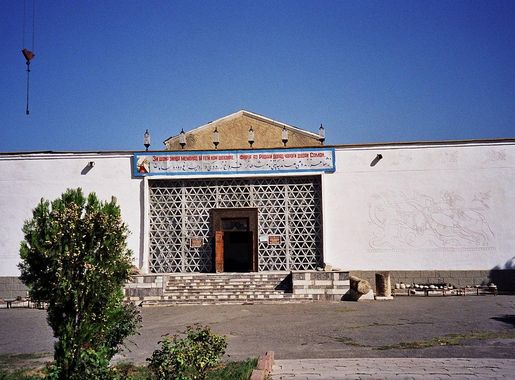
Panjakent: The Ancient Gem of Tajikistan
Discover Panjakent, the ancient heart of Tajikistan, where history meets natural beauty. Explore archaeological wonders, ancient ruins, and the serene Seven Lakes.
Panjakent, nestled in the picturesque Zeravshan Valley, is a treasure trove of history and culture. Known as the 'Pompeii of Central Asia,' this city offers a unique glimpse into the past with its well-preserved ruins of ancient settlements and stunning archaeological sites. Walking through Panjakent is like stepping back in time, where every corner tells a story of its rich heritage. The heart of Panjakent is its ancient ruins, dating back to the 5th century. Once a thriving center of the Sogdian civilization, the remnants of temples, homes, and marketplaces provide a fascinating look into a bygone era. The archaeological museum in Panjakent houses a remarkable collection of artifacts, including intricate frescoes and ceramics, which bring the history of the area to life. Beyond its historical allure, Panjakent is surrounded by natural beauty. The rugged mountains and lush valleys offer numerous opportunities for outdoor activities such as hiking and trekking. Nearby, the Seven Lakes, each with its own unique color and charm, provide a serene escape into nature. Panjakent is not just a destination; it’s a journey through time and a celebration of both history and nature.
Local tips in Panjakent
- Visit the ruins early in the morning to avoid crowds and capture the best light for photographs.
- Hire a local guide to get in-depth knowledge about the history and significance of the archaeological sites.
- Wear comfortable walking shoes, as the terrain around the ruins can be uneven.
- Bring a reusable water bottle, especially during summer, as temperatures can get quite high.
- Try local dishes at the market; Panjakent is famous for its fresh produce and traditional Tajik cuisine.
Panjakent: The Ancient Gem of Tajikistan
Panjakent, nestled in the picturesque Zeravshan Valley, is a treasure trove of history and culture. Known as the 'Pompeii of Central Asia,' this city offers a unique glimpse into the past with its well-preserved ruins of ancient settlements and stunning archaeological sites. Walking through Panjakent is like stepping back in time, where every corner tells a story of its rich heritage. The heart of Panjakent is its ancient ruins, dating back to the 5th century. Once a thriving center of the Sogdian civilization, the remnants of temples, homes, and marketplaces provide a fascinating look into a bygone era. The archaeological museum in Panjakent houses a remarkable collection of artifacts, including intricate frescoes and ceramics, which bring the history of the area to life. Beyond its historical allure, Panjakent is surrounded by natural beauty. The rugged mountains and lush valleys offer numerous opportunities for outdoor activities such as hiking and trekking. Nearby, the Seven Lakes, each with its own unique color and charm, provide a serene escape into nature. Panjakent is not just a destination; it’s a journey through time and a celebration of both history and nature.
When is the best time to go to Panjakent?
Iconic landmarks you can’t miss
Umarion
Experience comfort and adventure at Umarion, your base for exploring the stunning landscapes and rich culture of Panjakent, Tajikistan.

Rudaki Historical Museum
Explore the Rudaki Historical Museum in Panjakent, Tajikistan, to immerse yourself in the rich cultural heritage and history of the region.
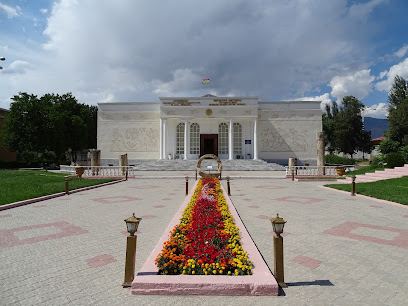
Pamyatnik Ismoili Somoni
Explore the Monument to Ismoili Somoni in Panjakent, a magnificent tribute to Tajikistan's rich history and cultural heritage in a serene park setting.
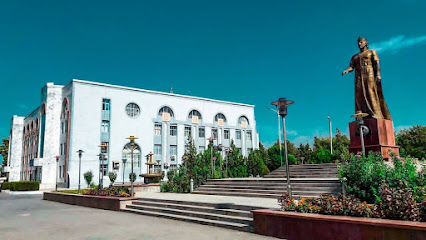
Loik Sherali monument
Discover the Loik Sherali Monument in Panjakent, Tajikistan, where nature meets cultural heritage in a serene park setting.

Panjakent Plaza Hotel
Discover the perfect blend of modern comfort and traditional hospitality at Panjakent Plaza Hotel in the heart of Tajikistan's stunning landscapes.

Ancient Panjakent excavations
Explore the captivating ruins of Ancient Panjakent, a historical landmark that reveals the rich heritage and culture of Tajikistan's ancient civilizations.
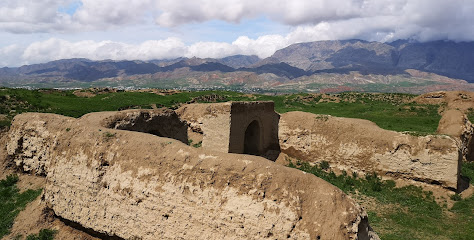
Archaeological Museum of Ancient Penjikent excavations
Explore the rich history of the Silk Road at the Archaeological Museum of Ancient Penjikent, showcasing ancient artifacts and cultural treasures.
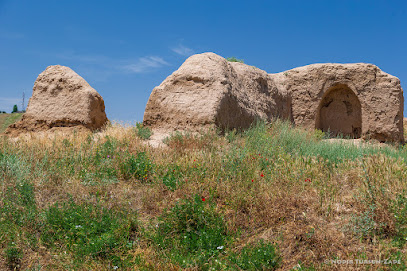
Antigua Panjakent
Explore the rich history and stunning ruins of Antigua Panjakent, a captivating historical landmark in Tajikistan, steeped in ancient culture.

Panjakent Plaza 3*+
Experience the charm of Tajikistan at Panjakent Plaza 3*+, your gateway to adventure and cultural exploration in Panjakent.
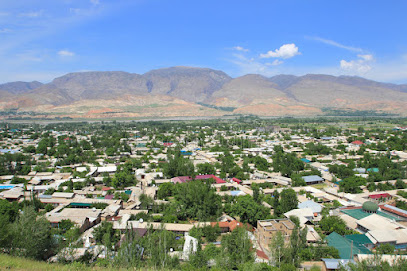
Lenin Statue
Explore the historic Lenin Statue in Panjakent, a striking monument that reflects Tajikistan's rich cultural heritage and stunning natural landscapes.
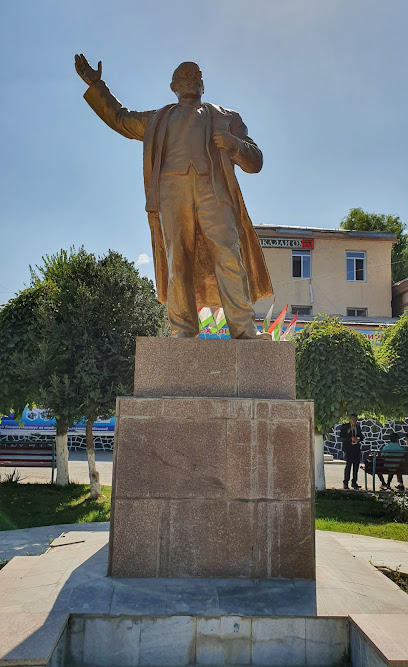
Buronboy
Explore Buronboy, Kushteppa's historical gem, and immerse yourself in Tajikistan's rich cultural heritage and stunning architectural beauty.
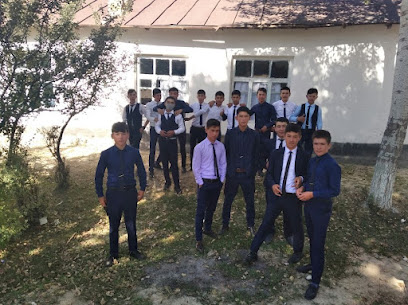
Unmissable attractions to see
Боғи Тиллоӣ
Explore the serene landscapes and vibrant flora of Boghi Tilloq Park, a natural oasis in the heart of Panjakent, Tajikistan.
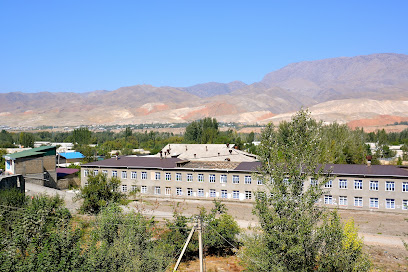
Rudaki Historical Museum
Discover the rich heritage of Tajikistan at the Rudaki Historical Museum in Panjakent, home to fascinating artifacts and captivating stories.
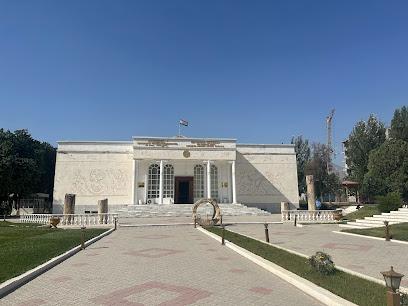
Loik Sherali monument
Explore the serene beauty of Loik Sherali Monument in Panjakent, a lush park dedicated to the beloved Tajik poet, perfect for relaxation and cultural immersion.
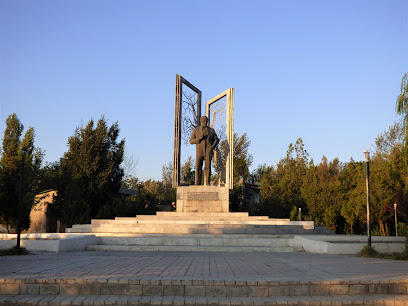
Rudaki Mausoleum
Explore the Rudaki Mausoleum in Pandzhrudak, Tajikistan, a stunning tribute to the father of Persian poetry amidst breathtaking natural beauty.
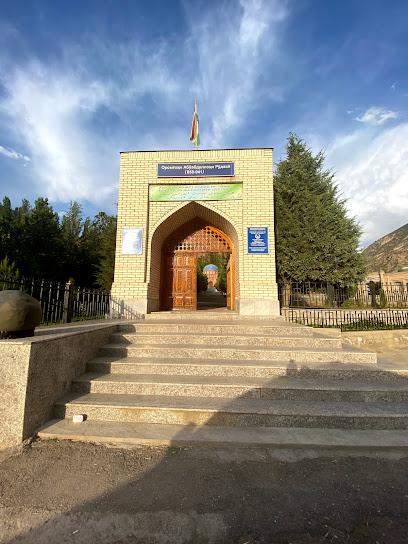
Rudaki Mausoleum
Explore the Rudaki Mausoleum, a serene historical site in Tajikistan celebrating the legacy of the revered poet Rudaki amidst stunning landscapes.

Marguzor
Explore the captivating beauty of Marguzor Lake in Tajikistan, a hidden gem surrounded by majestic mountains and crystal-clear waters that invite adventure.
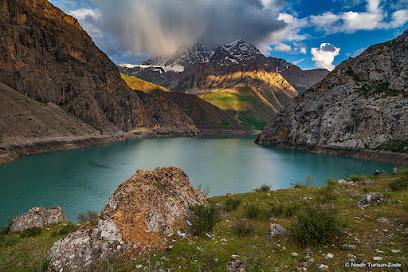
Park S Ozerom
Discover the serene beauty of Park S Ozerom in Panjakent, a perfect escape for nature lovers and those seeking tranquility in Tajikistan.
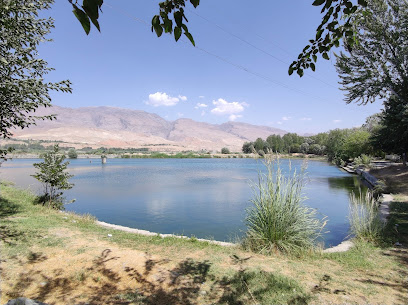
Essential places to dine
Cafe Safina
Discover authentic Tajik cuisine at Café Safina in Panjakent - a welcoming spot for tourists seeking local flavors and warm hospitality.
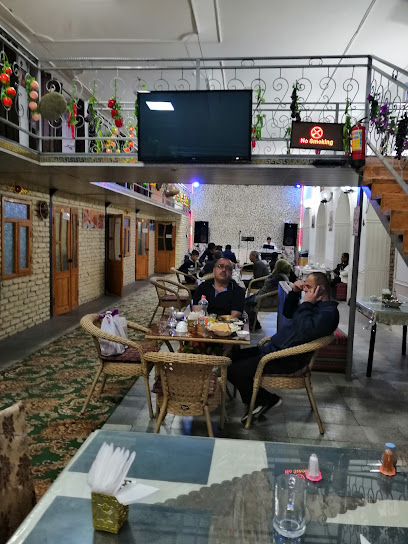
Shomi Panjakent
Experience authentic Tajik cuisine at Shomi Panjakent in Panjakent - where tradition meets flavor in every dish.
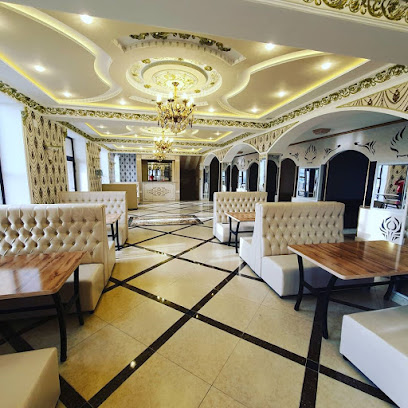
Dilovara
Experience authentic Tajik cuisine at Dilovara in Panjakent - where tradition meets flavor in every dish.
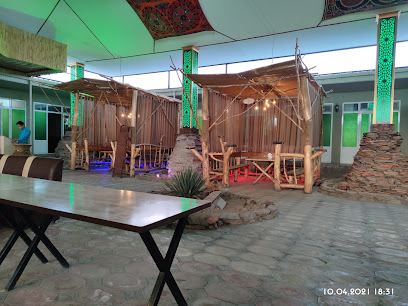
Kafe Samarchon
Discover authentic Tajik flavors at Kafe Samarchon in Sudzhina – where every meal tells a story.
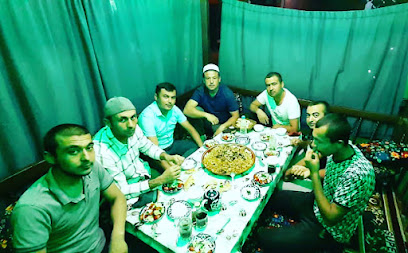
Туйхона Чорбоғ
Experience authentic Tajik cuisine at Tuykhona Chorbog in beautiful Chorbog - where tradition meets taste.
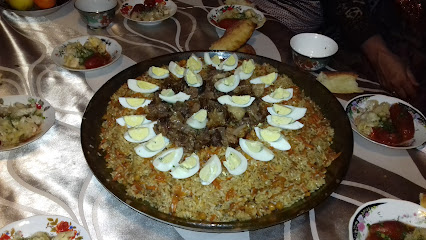
Restoran Poshkent
Discover authentic Tajik cuisine at Restoran Poshkent in Istaravshan - where tradition meets flavor in every dish.

Restoran Loik Sherali
Experience authentic Tajik cuisine at Restoran Loik Sherali in Gusar – where every meal tells a story.
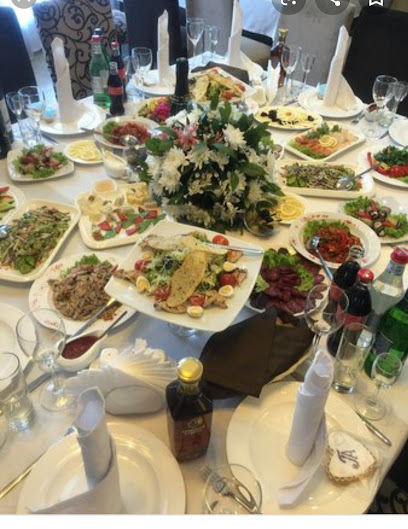
Oshkhonai Shokhrukh
Discover authentic Tajik cuisine at Oshkhonai Shokhrukh in Panjakent – where every meal tells a story.
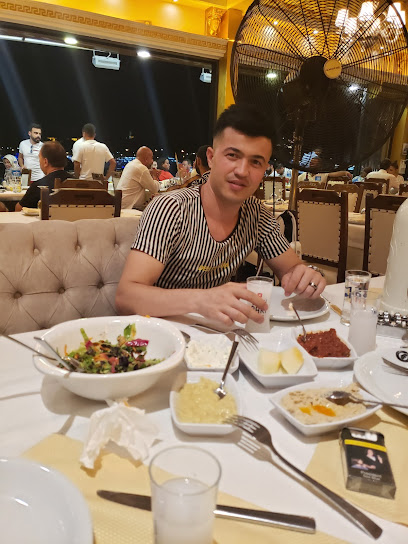
Oshkhonai Bukhoro
Experience authentic Tajik cuisine at Oshkhonai Bukhoro in Panjakent - where every dish tells a story.
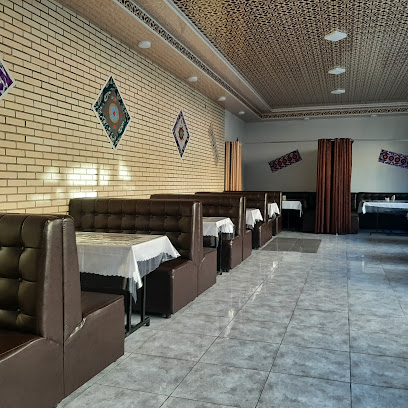
Armugon
Discover authentic Tajik cuisine at Armugon in Panjakent—where tradition meets flavor in a warm and welcoming atmosphere.
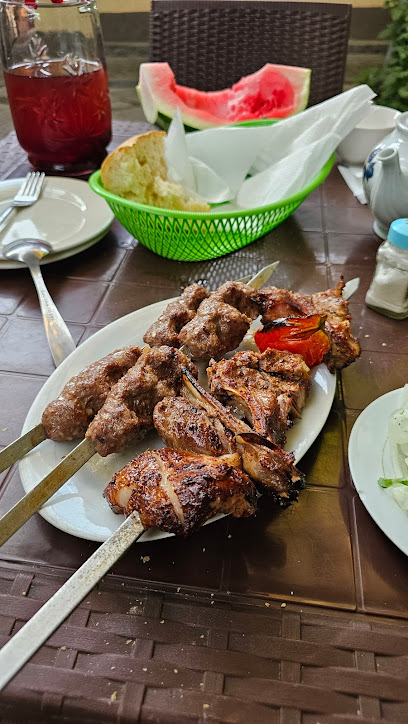
Chaykhana Mekhr
Experience authentic Tajik cuisine at Chaykhana Mekhr in Panjakent – where every meal tells a story.
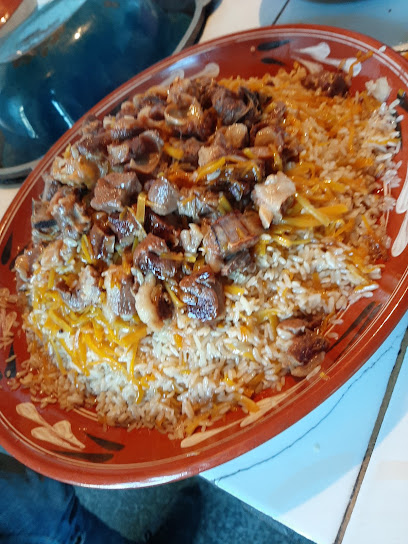
Obod
Experience authentic Tajik cuisine at Obod, where every dish tells a story of tradition and flavor in the heart of Panjakent.

Turetskiy Doner - Burger
Experience the fusion of tradition and taste at Turetskiy Doner - Burger in Panjakent, where every bite tells a story.
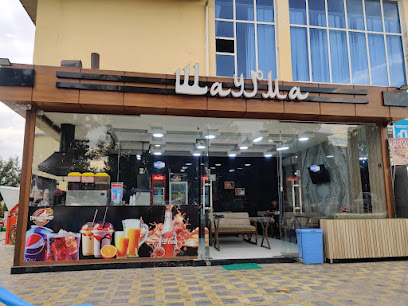
Choykhona Usto Mavlon
Discover authentic Tajik cuisine at Choykhona Usto Mavlon in Panjakent - where tradition meets flavor in every bite.
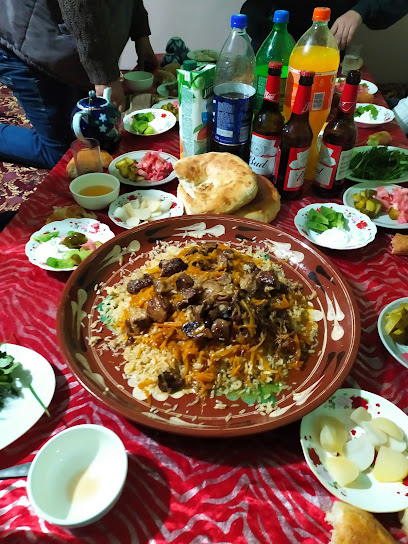
Cafe Bora -Bora
Experience authentic Tajik cuisine at Cafe Bora in Panjakent – where flavors meet tradition in a cozy setting.
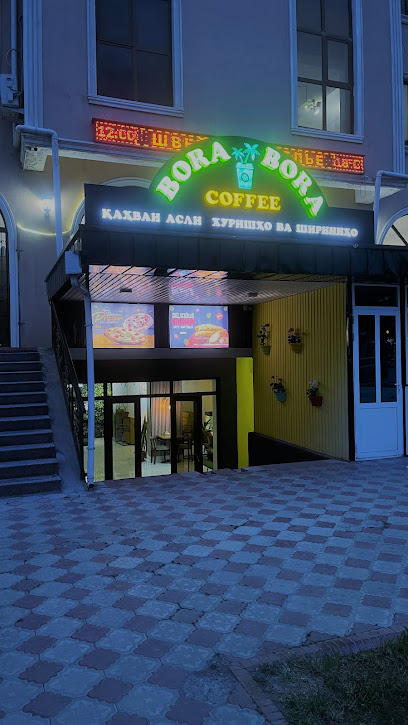
Markets, malls and hidden boutiques
Маркази савдои ҳумо
Discover the heart of construction in Panjakent at 'Маркази савдои ҳумо', where local craftsmanship meets diverse building materials.

比比莫喝商店
Discover authentic Tajik flavors and local produce at 比比莫喝商店, Panjakent's premier grocery store for tourists seeking local delights.
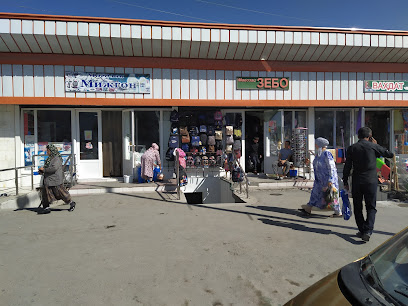
Supermarket Alisher
Explore local flavors and essentials at Supermarket Alisher, a vibrant grocery store in the heart of Panjakent, Tajikistan.
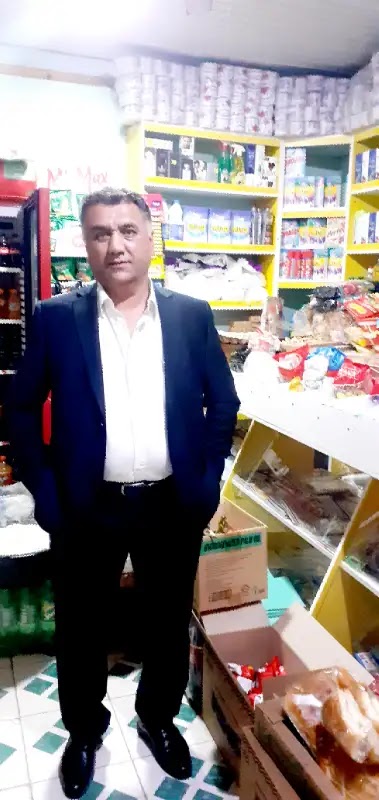
Bilolshop_panjakent
Discover Bilolshop in Panjakent: Your go-to destination for quality underwear and children's clothing, blending style and comfort seamlessly.

Kavsar
Explore Kavsar in Panjakent for authentic Tajik crafts and local treasures, a must-visit for cultural enthusiasts and souvenir hunters.
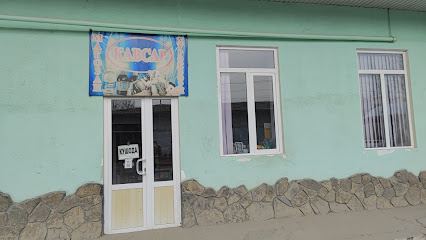
НУРАФШОН NURAFSHON
Explore Nurafshon in Panjakent for a unique shopping experience featuring stylish men's clothing and local craftsmanship.
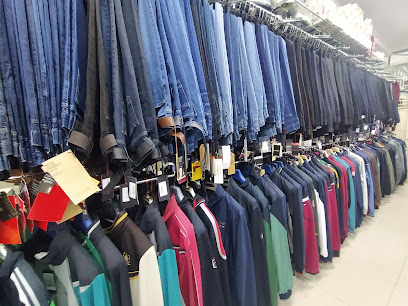
Magozai Zebo
Experience vibrant shopping and local culture at Magozai Zebo in Panjakent, Tajikistan – a must-visit destination for all travelers.
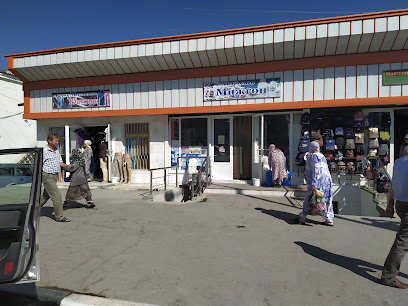
Elita
Explore Elita in Panjakent for a unique shopping experience with local crafts and souvenirs reflecting Tajikistan's rich cultural heritage.
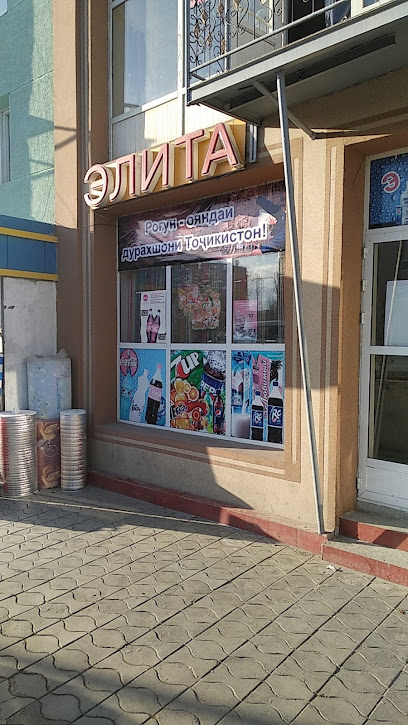
Магазин Шапки, Кепки, Ремни. Shop caps and belts
Discover stylish caps and belts at Магазин Шапки, Кепки, Ремни in Panjakent, where local craftsmanship meets vibrant fashion.
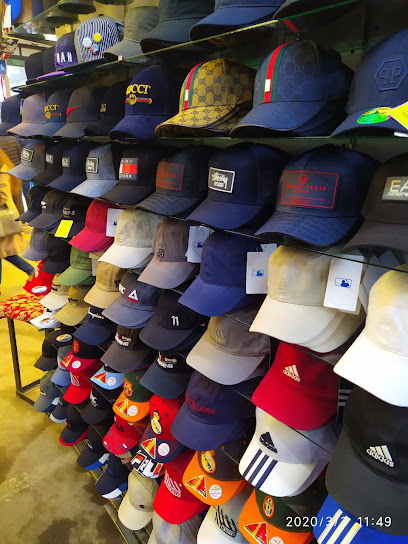
Magazin Buzurgmekhr
Discover the essence of Tajik culture and shopping at Magazin Buzurgmekhr, a vibrant mall in Panjakent offering unique local products and experiences.
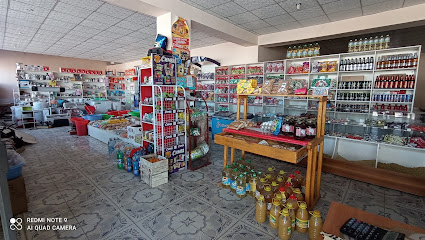
Магазин Фирдавсӣ
Discover unique local crafts and souvenirs at Магазин Фирдавсӣ, the heart of shopping in Panjakent, Tajikistan.
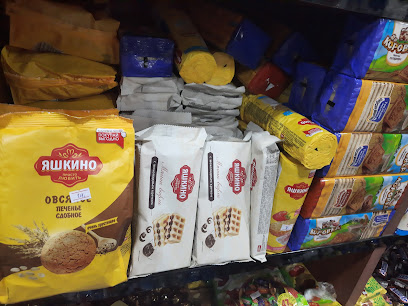
Магозаи Яздон Паҳлавон
Explore the cultural richness of Магозаи Яздон Паҳлавон in Panjakent, Tajikistan, where every handcrafted item tells a story.

Magazin,, Sporttovary''
Discover unique clothing that embodies the spirit of Tajikistan at Sporttovary in Panjakent, a vibrant hub for fashion enthusiasts.
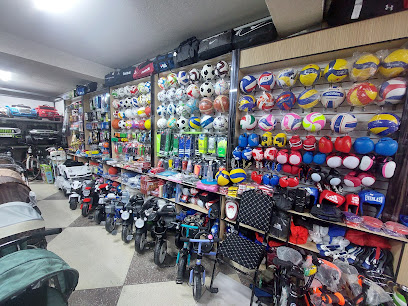
Суғд 24
Explore the rich cultural heritage of Tajikistan at Суғд 24, a charming store in Panjakent offering local crafts and authentic souvenirs.
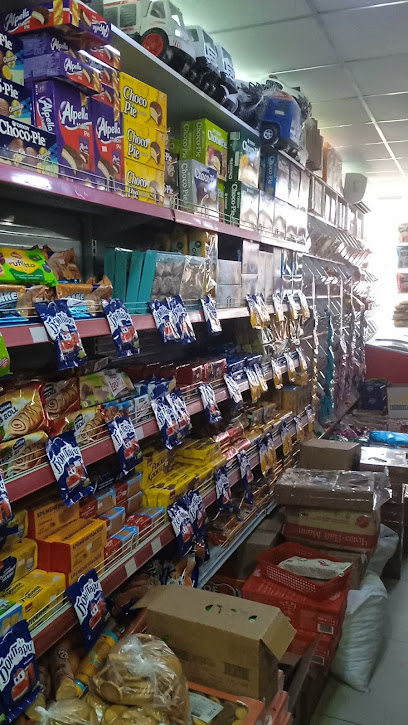
Gusar Panchakent
Explore Gusar Panchakent: A charming store in Panjakent, Tajikistan, offering unique local crafts and an authentic shopping experience.

Essential bars & hidden hideouts
Best Bar City
Discover the heart of Dushanbe’s nightlife at Best Bar City, where live music and vibrant crowds create an unforgettable experience.

Cafe Safina
Experience the authentic tastes of Tajikistan at Cafe Safina, a charming restaurant in Panjakent offering traditional dishes and warm hospitality.

Salom Hostel
Experience the charm of Tajikistan at Salom Hostel, where comfort meets culture in the heart of Panjakent.
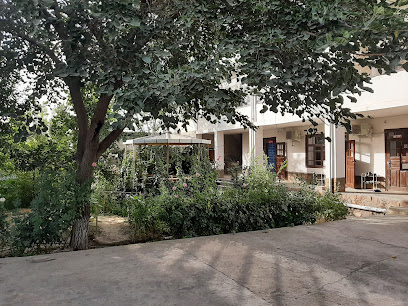
Kafe Shisha
Discover the charm of Panjakent at Kafe Shisha, where local culture meets relaxation in a cozy bar atmosphere.
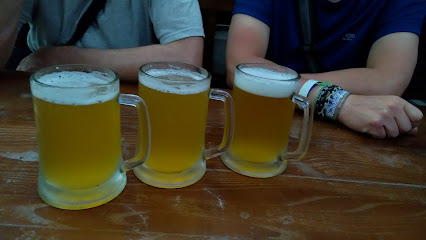
Kafe Smayl
Discover Kafe Smayl in Panjakent, Tajikistan – a vibrant hookah bar offering a rich selection of flavors in a cozy and inviting atmosphere.

Kafe Ravshan
Experience the vibrant atmosphere and local flavors at Kafe Ravshan, a must-visit bar in Margedar, Tajikistan.
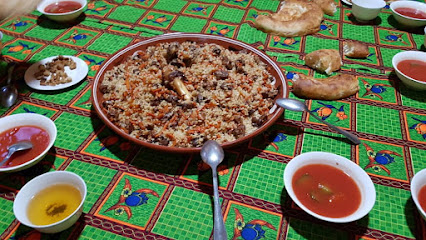
Bar Sitorabonu
Discover the heart of Tajikistan at Bar Sitorabonu, where local flavors and a warm atmosphere await every traveler.

Lounge Velocaffe RUH, Ланш ВелоКафэ РУХ,
Discover the soothing ambiance of Lounge Velocaffe RUH, a premier hookah bar in Panjakent, Tajikistan, perfect for relaxation and cultural immersion.
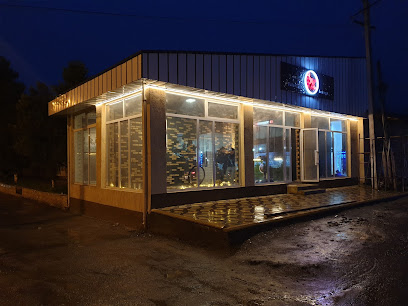
Oshkhona
Experience local culture at Oshkhona, the charming bar in Dasthikazy, Tajikistan, where hospitality meets tradition in a cozy setting.

Kafe
Discover the cozy charm of Kafe in Dasthikazy, where traditional flavors meet a relaxing atmosphere for an unforgettable experience.
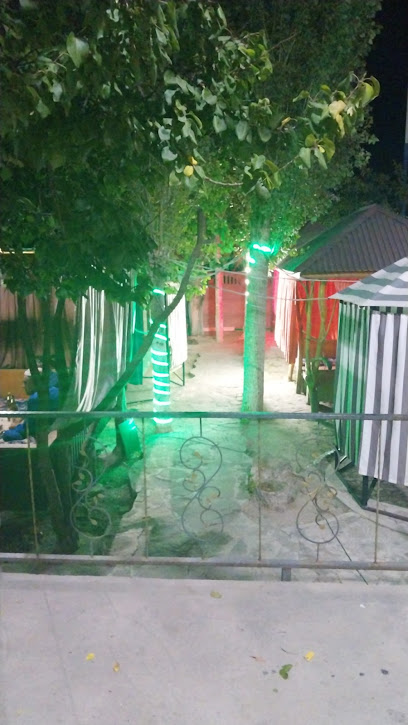
Ферма Ҳоҷи Сафарбой
Discover traditional Tajik culture and hospitality at Ферма Ҳоҷи Сафарбой, a welcoming bar in the heart of Rovadin, Tajikistan.

Ошхонаи 《NAVOBOD CITY》
Immerse yourself in the local culture at Ошхонаи 《NAVOBOD CITY》, a vibrant bar in Navabad, Tajikistan, offering a delightful selection of beverages and a lively atmosphere.

barbecue bar
Savor the authentic flavors of Tajikistan at Sudzhina's Barbecue Bar, where traditional grilling meets vibrant local culture.

Choykhonai Zebo
Experience the warmth of Tajik hospitality and savor authentic cuisine at Choykhonai Zebo in Panjakent.

Kavsar
Discover the essence of Tajikistan at Kavsar, a cozy bar in Dasthikazy offering a warm atmosphere and a selection of refreshing drinks.

Local Phrases
-
- HelloСалом
[Salom] - GoodbyeХайр
[Khayr] - YesҲа
[Ha] - NoНе
[Ne] - Please/You're welcomeЛутфан
[Lutfan] - Thank youРахмат
[Rahmat] - Excuse me/SorryМаъзарат
[Ma'zarat] - How are you?Шумо четор ҳастед?
[Shumo chetor hasted?] - Fine. And you?Хуб астам. Шумо четор?
[Khub astam. Shumo chetor?] - Do you speak English?Шумо англисӣ гап мезанед?
[Shumo anglisii gap mezaned?] - I don't understandМан фаҳм намекунам
[Man fahm namekunam]
- HelloСалом
-
- I'd like to see the menu, pleaseЛутфан, менюро бефаҳмед
[Lutfan, menyu-ro befahmed] - I don't eat meatМан гӯшт намехарам
[Man gusht namekharam] - Cheers!Сайёҳату фарз!
[Saiyohatu farz!] - I would like to pay, pleaseЛутфан, мехоҳам пул дихед
[Lutfan, mehoham pul dihed]
- I'd like to see the menu, pleaseЛутфан, менюро бефаҳмед
-
- Help!Кумак!
[Kumak!] - Go away!Равона шавед!
[Ravona shaved!] - Call the Police!Пулисро хоҳед занг зад?
[Pulisro hohed zang zad?] - Call a doctor!Духтурро хоҳед занг зад?
[Dukhtrro hohed zang zad?] - I'm lostМан ҷой гум гардам
[Man joy gum gardam] - I'm illМан бемор ҳастам
[Man bemor hastam]
- Help!Кумак!
-
- I'd like to buy...Ман мехоҳам харид кунам...
[Man mehoham harid kunam...] - I'm just lookingМан танқид мекунам
[Man tanqid mekunam] - How much is it?Ин чанд об хоҳад буд?
[In chand ob kohad bud?] - That's too expensiveИн хеле گرан аст
[In hele goran ast] - Can you lower the price?Метавонед наро паст кунед?
[Metavoned naro past kuned?]
- I'd like to buy...Ман мехоҳам харид кунам...
-
- What time is it?Соат чанд аст?
[Soat chand ast?] - It's one o'clockСоат як буд
[Soat yak bud] - Half past (10)Нӯзи дасх
[Nuzi dash] - MorningСубҳ
[Subh] - AfternoonБехуру
[Behuru] - EveningҲафт
[Haft] - YesterdayДирӯз
[Diruz] - TodayИмрӯз
[Imruz] - TomorrowПагоҳ
[Pagoh] - 1Як
[Yak] - 2Ду
[Du] - 3Се
[Se] - 4Чор
[Chor] - 5Панҷ
[Panj] - 6Шаш
[Shash] - 7Ҳафт
[Haft] - 8ҳашт
[Hasht] - 9нӯҳ
[nuh] - 10дас
[das]
- What time is it?Соат чанд аст?
-
- Where's a/the...?Қаере...?
[Qaere...?] - What's the address?Суроға чист?
[Suroga chist?] - Can you show me (on the map)?Метавонед манро бахш диҳед?
[Metavoned manro bakhsh dihed?] - When's the next (bus)?Қаере беравӣ (оҳани)?
[Qaere beravi (ohani)?] - A ticket (to ....)Билет (то ....)
[Bilet (to ....)]
- Where's a/the...?Қаере...?
History of Panjakent
-
Panjakent, often referred to as the 'Pompeii of Central Asia,' dates back to the 5th century AD. It was founded by the Sogdians, an ancient Iranian people known for their trade and cultural influence along the Silk Road. The city's strategic location made it a key commercial and cultural hub in the region.
-
During the 6th and 7th centuries, Panjakent flourished as a vibrant urban center. The Sogdians were renowned for their skills in trade, and Panjakent became a melting pot of cultures, with merchants from China, India, Persia, and Byzantium converging here. The city was adorned with grand palaces, temples, and bazaars.
-
Panjakent was a vital node on the Silk Road, facilitating the exchange of goods, ideas, and technologies between the East and the West. Sogdian merchants from Panjakent were instrumental in spreading Buddhism, Zoroastrianism, and Manichaeism across Central Asia. The city's prosperity was reflected in its sophisticated urban planning and rich artistic heritage.
-
Excavations in Panjakent have unearthed a treasure trove of artifacts, including intricately painted murals, ceramics, and coins. The ruins of residential quarters, temples, and administrative buildings offer a glimpse into the daily life and social structure of the ancient Sogdians. The murals, in particular, depict scenes of banquets, hunting, and religious ceremonies, showcasing the city's artistic achievements.
-
In the early 8th century, Panjakent faced a significant turning point with the arrival of Arab armies during the Islamic conquests. By 722 AD, the city fell to the Umayyad Caliphate, marking the end of the Sogdian era. The introduction of Islam brought about cultural and religious transformations, but the city’s decline began as trade routes shifted and political dynamics changed.
-
Interest in Panjakent's historical significance was rekindled in the 20th century with various archaeological expeditions. Scholars from around the world have studied the site, contributing to a deeper understanding of Sogdian culture and history. Today, Panjakent is a significant archaeological site and tourist destination, offering insights into the rich tapestry of Central Asian history.
Panjakent Essentials
-
Panjakent is located in the Sughd Region of Tajikistan. The nearest international airport is Dushanbe International Airport, approximately 270 kilometers away. From Dushanbe, you can take a shared taxi or a minibus (marshrutka) to Panjakent. The journey typically takes around 5 to 6 hours by road. Alternatively, you can travel via Samarkand in Uzbekistan, which is much closer, and then cross the border into Tajikistan at the Jartepa border crossing.
-
Panjakent is relatively small, and many of its attractions can be explored on foot. For longer distances, local taxis are available and affordable. Marshrutkas (shared minibuses) are a common mode of local transport and can take you to nearby villages and attractions. Renting a car can also be a convenient option for more flexibility in your travels.
-
The official currency in Tajikistan is the Tajikistani Somoni (TJS). Credit cards are not widely accepted in Panjakent, so it is advisable to carry cash. ATMs are available but may not always be reliable, so withdrawing cash in larger cities like Dushanbe is a good idea before traveling to Panjakent. Some hotels and larger establishments may accept USD or EUR.
-
Panjakent is generally a safe destination for tourists. However, it is advisable to take standard precautions. Avoid walking alone at night in unfamiliar areas and keep an eye on your belongings in crowded places. There are no specific high-crime areas targeting tourists, but it is always best to stay vigilant and aware of your surroundings.
-
In case of emergency, dial 01 for fire, 02 for police, and 03 for medical assistance. The local police station and medical facilities are available in Panjakent. It is recommended to have travel insurance that covers medical emergencies. For minor health issues, there are pharmacies in the town where you can purchase over-the-counter medications.
-
Fashion: Do dress modestly, especially when visiting religious sites. Avoid wearing revealing clothing. Religion: Do respect local customs and traditions. Always cover your head when entering mosques. Public Transport: Do be respectful and give up your seat to elderly passengers. Don't eat or drink on public transport. Greetings: Do greet people with a handshake. A slight bow of the head is also a sign of respect. Eating & Drinking: Do try local delicacies and accept food offerings graciously. Don't refuse hospitality, as it is considered impolite.
-
To experience Panjakent like a local, visit the local markets where you can buy fresh produce and traditional Tajik goods. Engage with locals, as they are often friendly and willing to share stories about the town's history and culture. Don't miss visiting the ancient ruins of the Sogdian city and the Rudaki Museum. For a unique experience, attend a local cultural event or festival, which often feature traditional music and dance.
Nearby Cities to Panjakent
-
Things To Do in Samarkand
-
Things To Do in Djizak
-
Things To Do in Jizzakh
-
Things To Do in Shakhrisabz
-
Things To Do in Tursunzoda
-
Things To Do in Istaravshan
-
Things To Do in Dushanbe
-
Things To Do in Vahdat
-
Things To Do in Qarshi
-
Things To Do in Khujand
-
Things To Do in Navoi
-
Things To Do in Tashkent
-
Things To Do in Angren
-
Things To Do in Bukhara
-
Things To Do in Chirchiq


